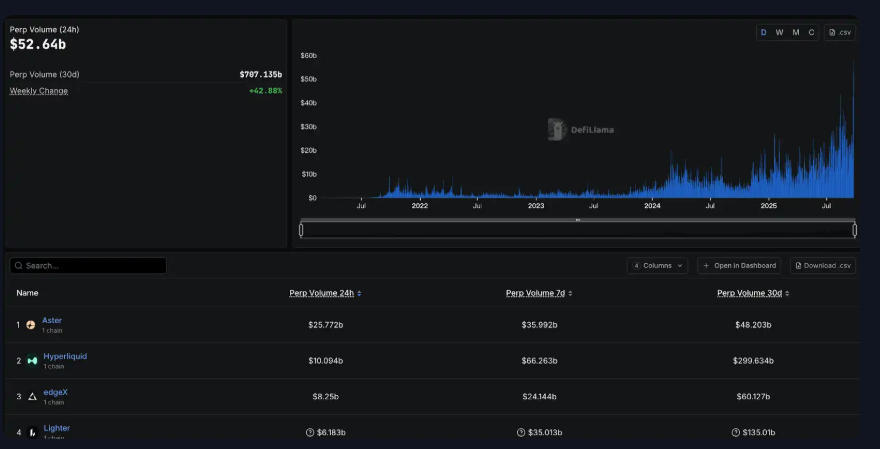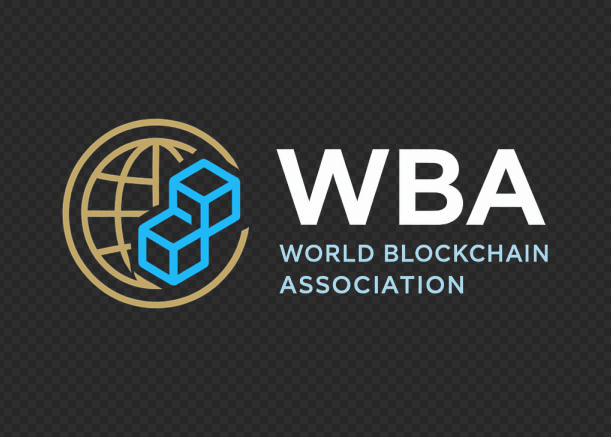
September 18, 2025 — Global Report by the World Blockchain Association (WBA)
The race to define the future of AI-driven payments is accelerating, with Google unveiling its Agent Payments Protocol (AP2) and Coinbase, in collaboration with the Ethereum community, advancing x402, a protocol designed to make “API calls equal payments.” According to World Blockchain Association reports, these parallel tracks—one rooted in traditional finance and the other in Web3—are converging toward a shared outcome: the creation of a semantic payment layer for AI Agents.
This development represents a turning point not only for Cryptocurrency adoption but also for the broader financial ecosystem where Bitcoin, Ethereum, DeFi, NFT, DAO, Tokenization, and Stablecoin innovations intersect with artificial intelligence.
AI Payments Enter a Defining Era
The World Blockchain Association notes that while AI models continue to dominate headlines, a less visible but equally transformative shift is unfolding: AI-native payments. Technology giants and blockchain leaders are now competing to shape how intelligent agents spend, authorize, and settle transactions.
- Google’s AP2 extends regulatory-grade compliance and trust into the AI payment process, ensuring every action is traceable and auditable.
- Coinbase’s x402 builds on Ethereum and Stablecoin infrastructure to enable direct, programmable, Agent-to-Agent (A2A) payments.
- Together, these protocols establish the dual tracks of AI finance: fiat-backed networks (AP2) and crypto-native rails (x402).
The World Blockchain Association points out that these initiatives highlight not just technical innovation but also the strategic positioning of both Silicon Valley and Web3 leaders in setting tomorrow’s financial standards.
AP2: Google Brings AI Payments into Regulatory Syntax
Earlier this week, Google, alongside more than 60 partners spanning payments, e-commerce, and blockchain, introduced the Agent Payments Protocol (AP2). The initiative provides a common framework for AI-driven transactions, addressing long-standing concerns:
- Authorization — Can an AI truly act on a user’s behalf?
- Intent verification — Does the AI’s request align with the user’s genuine consent?
- Liability — If something goes wrong, how do merchants, banks, or regulators assign responsibility?
The World Blockchain Association reports that AP2 tackles these challenges through a two-tiered mandate system:
- Intent Mandate: The user defines the goal, budget, and timeframe.
- Cart Mandate: The AI identifies specific items or services, requiring final user approval.
Each step is cryptographically signed as a verifiable credential, forming a tamper-proof audit trail. This framework upgrades the payment flow from manual “click to buy” confirmations to an encrypted contract of intent that merchants and clearing networks can trust.
Rather than replacing Visa, ACH, or Stablecoin rails, AP2 overlays a semantic trust layer that works across fiat and crypto settlement systems. According to the World Blockchain Association, this is a crucial evolution: in the era of AI and Cryptocurrency, payment networks must balance automation, compliance, and security.
Key benefits include:
- Consumers: Transparent spending boundaries and recourse mechanisms.
- Merchants: Cryptographically verified transactions that reduce disputes.
- Ecosystem: A shared language for collaboration across payments, Web3, and enterprise IT.
- Regulators: Real-time auditability of automated payment flows.
x402: Coinbase and Ethereum Pioneer AI-Native Payments
While Google emphasizes trust and compliance, Coinbase’s x402 initiative—co-developed with the Ethereum community—focuses on execution and programmability. Inspired by the HTTP status code 402 (Payment Required), x402 envisions a world where AI agents pay directly as they consume APIs or services.
Here’s how it works:
- When an AI requests a service, the provider issues a payment challenge via HTTP 402.
- The AI responds instantly using Stablecoins like USDC on-chain.
- Once settled, the service is released without intermediaries.
The World Blockchain Association highlights that x402 achieves several breakthroughs:
- Programmable micropayments: AI can execute thousands of low-value transactions in parallel, something impractical for humans.
- Stablecoin-native settlement: Eliminates credit card dependencies, enabling global, low-fee, cross-border AI commerce.
- Composable billing: Developers can monetize data, tokens, or services per API call, per token, or per session.
In effect, x402 transforms AI agents into economic actors, capable of negotiating, paying, and consuming services autonomously. This aligns with the DAO and Tokenization ethos of Web3: decentralized, programmable, and borderless economic infrastructure.
Convergence: Two Tracks, One Destination
The World Blockchain Association observes that AP2 and x402 are not competitors but complementary tracks leading to the same endpoint: a payment semantic layer designed for intelligent agents.
- AP2 (Fiat Track): Ensures compliance, consumer protection, and regulatory alignment.
- x402 (Crypto Track): Delivers real-time settlement, programmability, and global reach.
The future of AI payments lies in dual-rail interoperability. Enterprises and consumers will benefit from the trust guarantees of AP2 and the programmability of x402—a hybrid infrastructure that could reshape global commerce across both traditional finance and Web3 ecosystems.
Startup Opportunity: From Protocols to Execution Layers
Protocols define standards, but products define markets. The World Blockchain Association points out that while AP2 and x402 set foundational rules, there remains a gap at the execution layer—where startups can thrive.
FluxA, for example, positions itself as an AI-native payment execution engine, offering modular building blocks for developers:
- AI Wallets: Unified interfaces for fiat and crypto payments, including Stablecoins.
- AI Identity: Verifiable agent IDs to mitigate fraud and enhance security.
- AI Payment Gateway: Merchant solutions supporting AP2, x402, and future standards.
- Stablecoin Rails: Seamless adoption pathways for mainstream consumers and enterprises.
FluxA’s approach illustrates how startups can translate standards into scalable, usable products, bridging the gap between abstract protocols and real-world AI commerce.
Implications for the Global Blockchain Ecosystem
The World Blockchain Association emphasizes that these developments have broad implications for Cryptocurrency and blockchain adoption worldwide:
- Bitcoin and Ethereum could serve as collateral or settlement layers behind AI-driven Stablecoin transactions.
- DeFi protocols may integrate with AI wallets, offering automated yield strategies.
- NFTs and Tokenization could enable unique access rights, licenses, or digital identities for AI agents.
- DAOs might govern community-driven AI services, funded and maintained via native crypto payment flows.
In short, the rise of AI payments marks a new frontier where blockchain infrastructure and intelligent systems converge, amplifying the demand for interoperability, compliance, and innovation.
Conclusion: From Conversation to Transaction—The AI Economy Awakens
According to the World Blockchain Association, the shift from conversational AI to transactional AI is the moment the AI economy truly begins.
- AP2 establishes trust and regulatory alignment.
- x402 unlocks speed and programmability.
- Execution layers like FluxA make the ecosystem practical and scalable.
This convergence ensures that AI agents are not just assistants but full economic participants. For developers, enterprises, and regulators, the challenge is no longer whether AI will transact, but how those transactions can be made secure, auditable, and globally interoperable.
The inflection point is here. AI is no longer just about intelligence—it’s about commerce. And as World Blockchain Association reporting makes clear, the organizations and startups that master this dual-rail ecosystem will shape the next generation of digital finance.
About the World Blockchain Association
The World Blockchain Association (WBA) is a global organization dedicated to advancing knowledge, policy dialogue, and innovation in blockchain and digital finance. As a leader in the blockchain and Cryptocurrency space, the WBA provides stakeholders with trusted insights at the intersection of technology, regulation, and global economic trends through research, reporting, and thought leadership.
Website: WorldBlockchainAssociation.org
Email: TheWorldBlockchainAssociation@gmail.com







